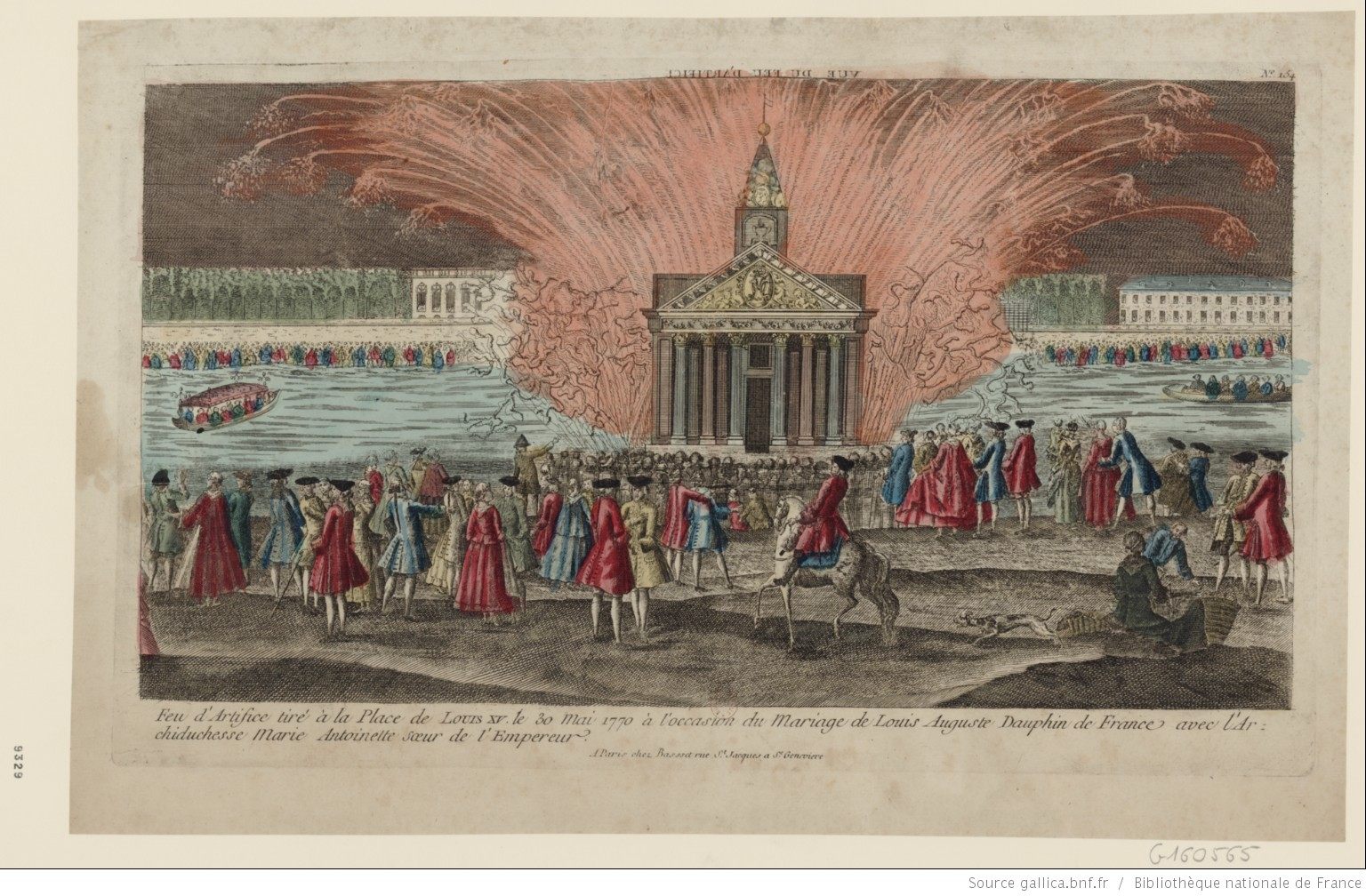Inside the World’s Deadliest Fireworks Accident
Happy July 4th, y’all.

A 2010 fireworks display in Royan, France. Fireworks displays have existed in their modern for over two centuries. (Photo: Severin Keizer/CC BY-2.0)
In a letter to his wife Abigail on July 3rd, 1776, John Adams set the tone for over two centuries of Independence Day celebrations around America. “It ought to be solemnized with Pomp and Parade,” he wrote, “with Shews, Games, Sports, Guns, Bells, Bonfires and Illuminations from one End of this Continent to the other from this Time forward forever more.”
While fireworks are closely and singularly associated with Independence Day in most Americans’ minds, John Adams’ request for “Bonfires and Illuminations” likely reflects 18th century Europeans’ overwhelming enthusiasm for fireworks displays, which were a common component of any celebration. In France, then-monarch Louis XV used elaborate fireworks displays to commemorate seemingly any event that merited even a hint of pomp and circumstance. Massive fireworks displays celebrated the 1739 marriage of Madame la Première of France and Don Filipe of Spain and the captures of the Château Grand in 1745 and Ypres in 1747, among others.
All of Louis XV’s displays were created by the king’s official pyrotechnicians, the Ruggieri brothers. The Ruggieris, whose fireworks company is still in operation today, pioneered much of what we see in modern fireworks displays — moving effects, unique shapes, and the “quick match” fuse used to light multiple rockets at once are all Ruggieri inventions.
Unfortunately, the Ruggieris bombastic displays also created what the Guinness World Records still considers the world’s worst firework disaster, in terms of number of deaths.

An illustration of the fireworks display celebrating the Dauphin’s marriage to Marie-Antoinette, May 30th, 1770. (Illustration: Bibliothèque nationale de France/Public Domain)
The disaster occurred on May 30th, 1770, as part of the celebrations surrounding Marie-Antoinette’s marriage to the Dauphin, later known as Louis XVI. Unlike most fireworks-related accidents, the numerous injuries and deaths weren’t caused by fire or direct injuries inflicted by the fireworks themselves. Henry Sutherland’s 1893 history of Paris, Old and New Paris: Its History, Its People, and Its Places provides a vivid a description of what happened:
All was going well, when suddenly a gust of wind blew down among the crowd some rockets only partially exploded. Fireworks, like so many inventions of Italian origin, were still, to the mass of the French public, a comparative novelty; and this, together with the positive inconvenience and even danger of a fall of blazing missiles in the midst of thousands of excited and closely-packed spectators, was quite enough to account for the terrible confusion, resulting in many hundreds of fatal accidents, which now ensued.
As panic descended upon the crowd, there was a rush towards the Rue Royale, and many were trampled as the crowd forced its way down the narrow street. Sutherland notes that the official government death toll was listed as 133, but many citizens felt that total massively underestimated the true number of casualties. Sutherland writes:
“I know many persons,” says Mercier, in his “Tableau de Paris,” “who thirty months after these frightful scenes still bore the marks of objects which had been crushed into them. Some lingered on for ten years and then died. I may say without exaggeration that in the general panic and crush more than twelve hundred unfortunate persons lost their lives. One entire family disappeared; and there was scarcely a household which had not to lament the death of a relative or friend.”
Other, much higher death tolls circulated in the decades after the tragedy; Galignani’s New Paris Guide: Or, Stranger’s Companion Through the French Metropolis, published in 1839, lists the death toll as 3,000, a number repeated in the 1917 New International Encyclopaedia’s entry for the Place de la Concorde. Regardless of the true total, even the official government death toll makes the incident the deadliest fireworks accident in history—just barely surpassing the 111 killed in the Kollam temple fire earlier this year.
Surprisingly, the Ruggieris don’t seem to have received much of the blame for the tragedy. Louis Gabriel Michaud’s Biographie universelle ancienne et moderne, published in 1854, claims that Parisians held Armond-Jérôme Bignon, then the prévôt des marchands de Paris (a position akin to a city manager), responsible for the tragedy, which Michaud claimed resulted in over 300 deaths. In The Life and Times of Madame du Barry, Robert B. Douglas provides an English translation of Michaud’s anecdote regarding the incident:
The Parisians hardly expected that Bignon would be punished, but they were disgusted to see him in his box at the Opera, three nights after the accident, and some wit made an anagram on his name, Ibi non rent, damna gero, (I do no good, I do harm).
In fact, it was after the 1770 accident that Claude-Fortuné Ruggieri discovered the chemical combinations that would create fireworks of different colors, extending fireworks’ popularity in Europe and cementing the Ruggieri’s crucial role in the development of modern fireworks displays, according to Gizmodo.
The fireworks Americans will see tomorrow night are not much different from the ones developed by the Ruggieris in the 18th century. Accordingly, fireworks remain incredibly dangerous—in the month surrounding July 4th, over 230 people a day go to the emergency room following a fireworks-related injury, according to the U.S. Consumer Product Safety Commission. In fact, the relaxing of fireworks bans in many states has actually increased the number of accidents in recent years.
Although we’re all eager to follow John Adams’ Independence Day celebration guidelines, remember that fireworks have been causing accidents for over two centuries and leave the pyrotechnics to the experts.







Follow us on Twitter to get the latest on the world's hidden wonders.
Like us on Facebook to get the latest on the world's hidden wonders.
Follow us on Twitter Like us on Facebook